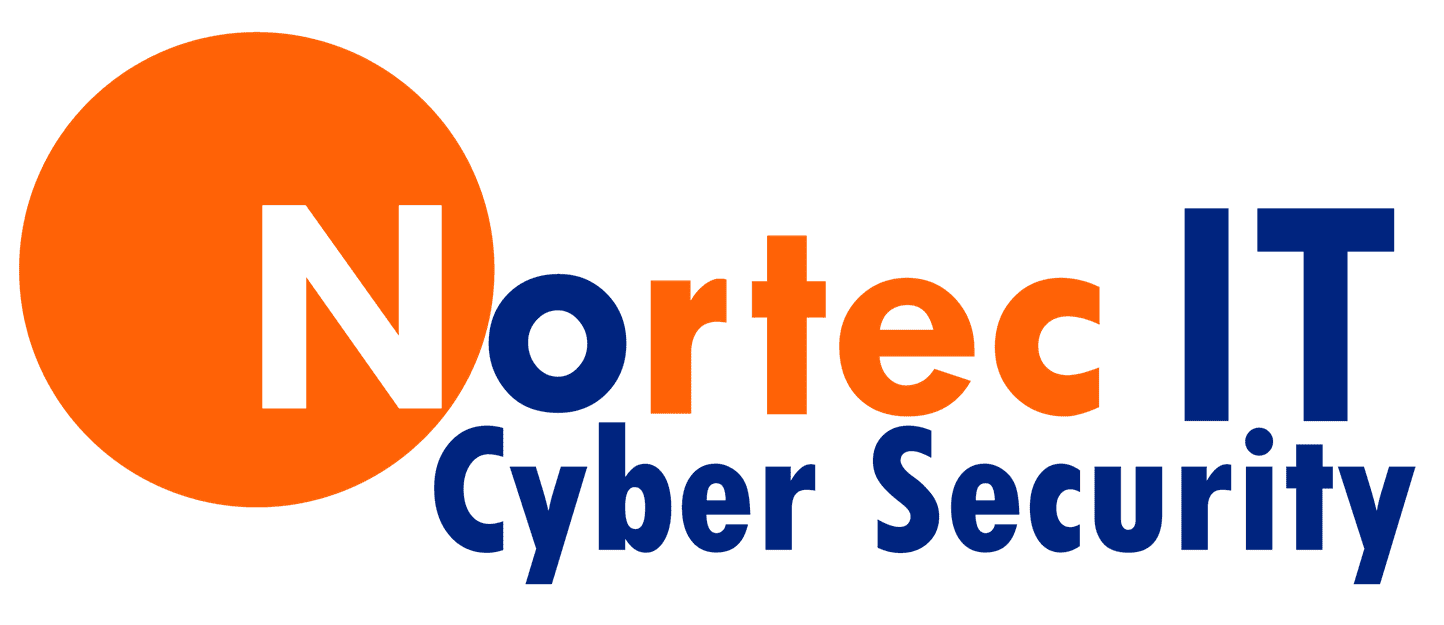On October 10th 2017, Office 2007 will reach EOL (End of Life). In addition, as of October 31st 2017, Outlook 2007 will be unable to connect to Office 365 mailboxes. As a result companies using Outlook 2007 and Office 365 for email will not be able to send or receive emails after this date.
Although versions of Office since 2007 have increased usability and features. Office 2007 can still read and edit documents created by later versions resulting in it still having a large install base.
Whilst speaking to a client’s IT Manager a few weeks ago, I mentioned that Office 2007 is at End of Life next month and asked what plans he had to upgrade. This came as a surprise to him. To put this in perspective this client has moved their emails to Office 365 and are using Office 2007 on a large number of workstations. The product’s End of Life presents their business a few issues, as by the end of October they need to have migrated all the workstations to a later version of Office to continue using the Outlook mail client.
But what does this all mean?
Microsoft Office 2007, like almost all Microsoft products, has a support lifecycle during which they provide new features, bug fixes, security fixes, and so on. When Office 2007 reaches its End of Life, Microsoft and its service providers will no longer provide:
- Technical support for issues
- Bug fixes for issues that are discovered
- Security fixes for vulnerabilities that are discovered
You will still be able to use the software, but without anyone monitoring its vulnerabilities or releasing security patches you’re leaving your business wide open to cyber threats. Many of the well-publicised company hacks have been as a result of flaws in unpatched software.
If you are still running versions of Office older than Office 2007 – including but not limited to Office 2003, Office 2000, Office XP and Office 97, you have the same security risks as described above. The below information is also relevant to you.
So what should you do?
Consequently, before the End of Life for Office 2007, Microsoft recommends users to follow one of these steps:
- Move to an Office 365 plan which includes a subscription to the latest version of office.
- Upgrade to Office 2016 using Volume License or Retail Versions.
- Upgrade to an earlier version of Office, such as Office 2013.
What is Office 365?
“Office 365” is a subscription plan that include access to Office applications plus other productivity services that are enabled over the Internet (cloud services). Office 365 plans for business include services such as Skype for Business web conferencing and Exchange Online hosted email for business and additional online storage with OneDrive for Business.
Many Office 365 plans also include the desktop version of the latest Office applications, which users can install across multiple computers and devices. They include Word, Excel, PowerPoint, OneNote, Outlook, Publisher, and Access and can be installed across multiple devices, including PCs, Macs, Android tablets, Android phones, iPads, and iPhones.
Additional Information.
- Can be found on the Microsoft website
- For information on how Nortec can help you with your migration to Office 365 click here.
Consequently, if you are using Office 2007 or any older Office products, you now have a significant risk in your business. Additional information or an obligation-free discussion – Schedule An Appointment With A Nortec Consultant.
Phone: 1300 525587 (1300 KALL US)
How Can We Help You


Comments are closed